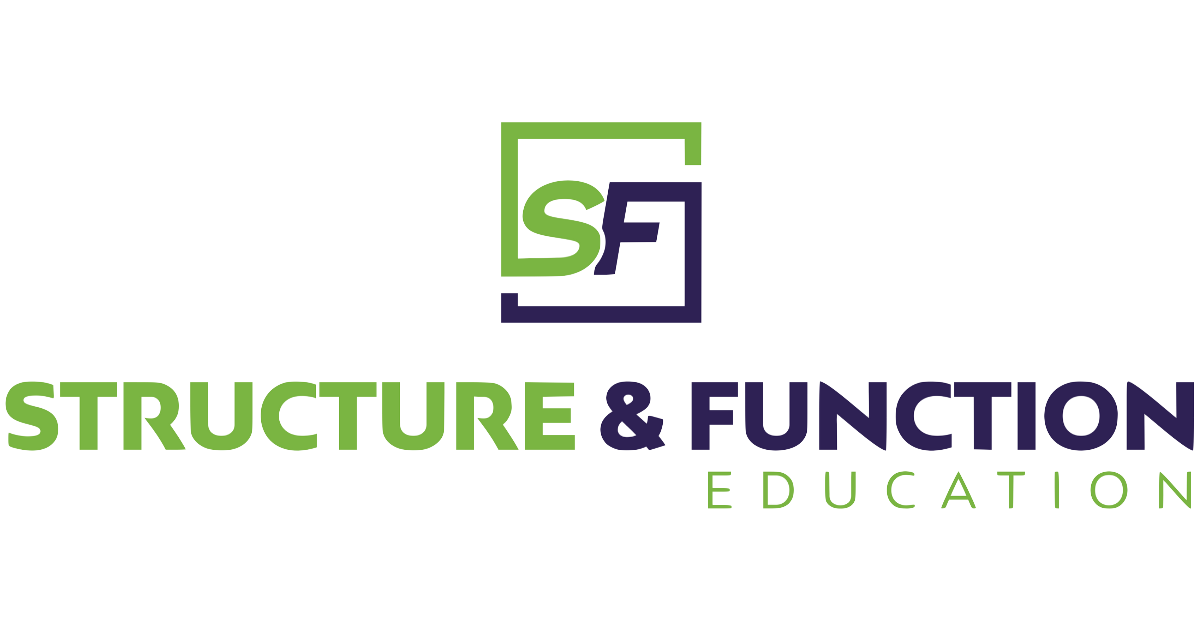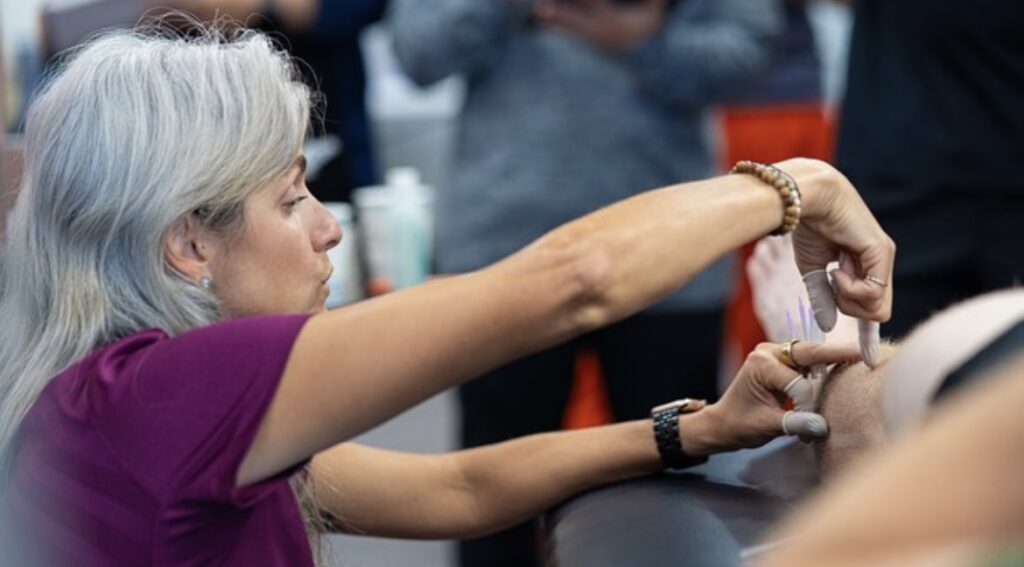Bridging the Gap: Sue Falsone’s Innovative Methodology in Sports Rehabilitation and Performance Optimization
The field of sports medicine is a complicated tapestry made up of threads from numerous healthcare professions, including physical therapy, athletic training, and chiropractic. Although each discipline offers specialized knowledge, these occupations frequently function independently, which might impede collaboration and prevent the best possible patient care. In 2025, my blogs will focus on a solution to the collaborative problem, Sue Falsone’s book Bridging the Gap from Rehab to Performance. These professions’ strengths are effortlessly integrated into a single, all-inclusive paradigm for athlete rehabilitation and performance improvement in Sue Falsone’s ground-breaking book. The goal of Falsone’s approach is to develop stronger, more resilient people who cannot just recover from injuries but also outperform their prior talents. It goes beyond simply rehabilitation of the athlete’s diagnosis.
Transcending the Conventional Rehabilitation Framework: A Comprehensive Perspective
Conventional rehabilitation frequently concentrates exclusively on restoring athletes to their pre-injury functional baseline. Although it appears simple, this goal often needs to pay more attention to what the athlete needs to perform adequately. Falsone contests that this model may need to be revised to address the complete return-to-play paradigm. Her comprehensive paradigm perceives rehabilitation as a dynamic process integrating injury prevention, rehabilitation, and performance optimization, all interrelated components within a cohesive system. It concerns establishing a basis for future success rather than rectifying previous shortcomings. This method acknowledges that the pre-injury baseline may have affected the athlete’s injury. Pre-existing difficulties may require resolution to avert re-injury. Consequently, Falsone promotes healing and enhancement, urging athletes to transcend their boundaries.
The Fundamental Tenets of Falsone’s Bridging the Gap Methodology
Falsone’s Bridging the Gap methodology transcends a mere collection of exercises or protocols; it is a holistic concept that revolutionizes the attitude of experts toward sports rehabilitation and performance enhancement. Her idea is based on several fundamental principles:
- Comprehensive Evaluation: A comprehensive assessment transcends merely pinpointing the affected region. Falsone underscores a thorough evaluation that includes aspects such as:
- Identification of Pain Generators: The underlying source of the pain, whether it be muscular imbalance, joint problems, or neurological disorders, must be identified. This meticulous procedure is essential; initiating treatment without this understanding is like constructing a house on a defective foundation.
- Motion Segment Optimization: Focusing on the damaged region and the complete kinetic chain, evaluating movement patterns, muscle activation sequences, and overall functional efficacy. The body functions as a system; addressing a single component in isolation may obscure or intensify underlying issues.
- Psychomotor Control: This enhances the coordination of neuromuscular control, guaranteeing the precise muscles to engage with suitable timing and intensity. Manual therapy techniques, specialized exercises, and additional interventions can optimize motor control and improve movement efficiency.
- Customized Therapeutic Strategies: Falsone emphasizes the importance of individualized treatment approaches, recognizing that each athlete possesses distinct needs, objectives, and reactions to therapy. Generic programs are ineffectual; a good strategy considers the athlete’s sport, training history, individual biomechanics, and psychological aspects. Uniformity is ineffective in sports rehabilitation.
- Proactive Injury Prevention: In addition to treating current injuries, Falsone’s paradigm underscores the significance of injury prevention, recognizing risk factors, and establishing a solid foundation of strength, flexibility, and neuromuscular control. This preventative strategy diminishes the probability of subsequent injuries. Prevention is far superior to treatment in the high-stress realm of athletics.
The Bridging the Gap Continuum: Transitioning from Rehabilitation to Performance
Falsone’s approach is a dynamic continuum rather than a linear progression, guiding the athlete from early injury treatment to recovery and ultimately to increased performance. This continuum comprises multiple phases:
- Pain Management: Emphasizing pain alleviation and tissue repair using a synthesis of manual therapy techniques, modality treatments (such as ultrasound or electrical stimulation), and pain management strategies. The focus is on mitigating discomfort while commencing the healing process.
- Rehabilitation: This phase establishes a basis of strength, flexibility, and neuromuscular control, rectifies movement dysfunctions, and reinstates normal tissue function. It employs instruments from multiple fields. Physical Therapists concentrate on restoring movement and implementing functional exercises, whereas athletic trainers may tackle biomechanical factors and develop tailored return-to-play strategies. Chiropractors may focus on spinal alignment and neurological function.
- Essential Performance: This phase cultivates fundamental strength and power, focusing on essential athletic actions such as linear movement, jumping, and landing. It employs meticulously selected exercises to develop a robust foundation of athletic functionality.
- Fundamental Advancement: This program enhances fundamental athleticism by emphasizing advanced exercises and incorporating increased intensities and loads. Training in speed, agility, and power becomes increasingly significant. The emphasis is on converting fundamental strengths into applicable, sport-specific skills.
- Advanced Performance: Ultimately, the athlete progresses to sport-specific training, leveraging this advanced preparation to attain optimal performance. This phase necessitates close engagement with skills coaches who comprehend the distinct requirements of the particular sport.
As the months progress, I will focus on an idea or two from chapters of this book to highlight the book’s essential components and enable clinicians to grasp a brief glimpse at her comprehensive model.
The Return-to-Play: A Methodical Framework
Falsone offers a thorough methodology for establishing a realistic return-to-play timeframe, acknowledging that this process is not linear but a dynamic interplay requiring continuous evaluation and adjustment. The timeline employs short-term objectives to sustain the athlete’s motivation and assess advancement. This systematic, incremental strategy reduces the danger of re-injury and enhances the probability of a triumphant return to competition. Comprehensive return-to-play protocols are essential during this period, varying according to sport and injury.
The Significance of Multidisciplinary Collaboration
Bridging the Gap effectively demonstrates the importance of integrating the best of the Physical Therapist, Athletic Trainer, and Chiropractor. Every profession’s philosophy contributes to fostering a holistic and thorough methodology that optimizes the athlete’s ability for recovery and improved performance. Falsone has a simple and comprehensive way that emphasizes the best of these approaches, essential for effective and efficient care. This relationship encompasses more than healthcare specialists; skills coaches are critical for facilitating players’ successful reintegration into their sport.
Conclusion: A Transformative Change in Sports Medicine
Sue Falsone’s Bridging the Gap from Rehab to Performance represents not just a novel rehabilitation concept but a transformative shift in the methodology of sports medicine. Her comprehensive viewpoint, focus on interdisciplinary cooperation, meticulous rehabilitation, and return-to-play protocols represent a significant advancement in the area. It is a framework that enhances the level of care, optimizing athletes’ ability for recovery and improved performance. This is essential reading for all individuals engaged in the care of athletes, irrespective of their vocation. The book prioritizes comprehensive patient care, addresses every detail, and presents a framework for enhanced inter-professional collaboration within the health and sports medical fields. Falsone’s strategy seeks to improve the treatment delivered to athletes globally by integrating diverse professions. If you would like to purchase this book and read chapters as I progress with my blog, buy it here: https://www.otpbooks.com/product/sue-falsone-bridging-the-gap/?ref=8 or visit our online course section: https://structureandfunction.net/online-courses/online-course-listing-for-bridging-the-gap/
I hope you enjoy a focus on the book and its unique content.
References
- Falsone, S. Bridging the Gap from Rehab to Performance. On Target Publications, 2018. https://books.google.com/books?id=CwLNswEACAAJ.



